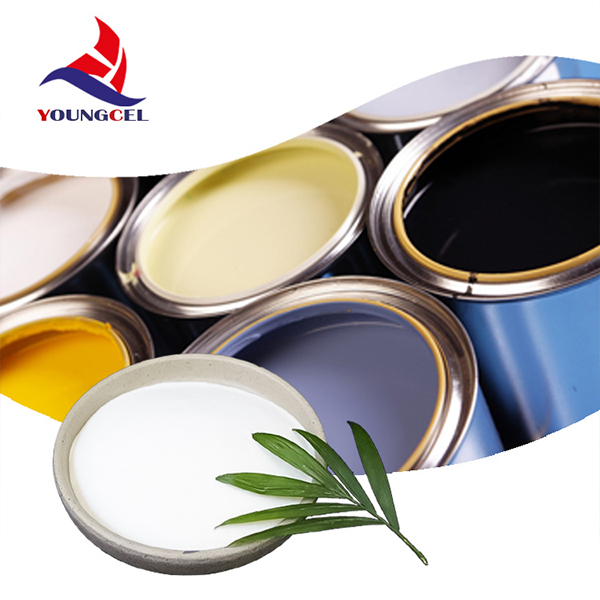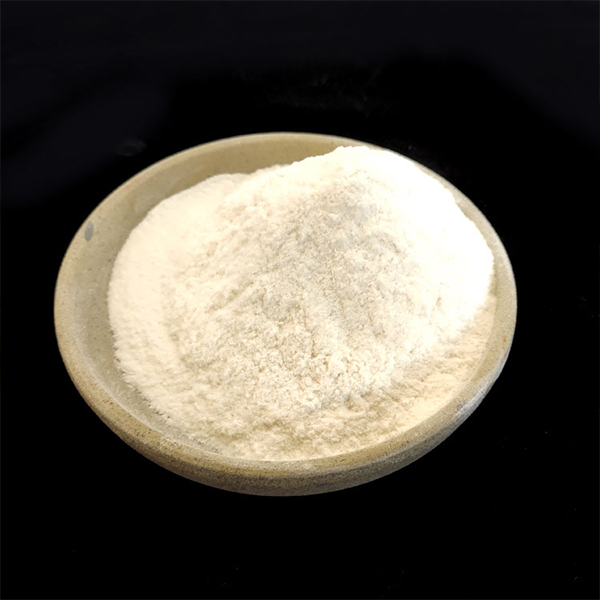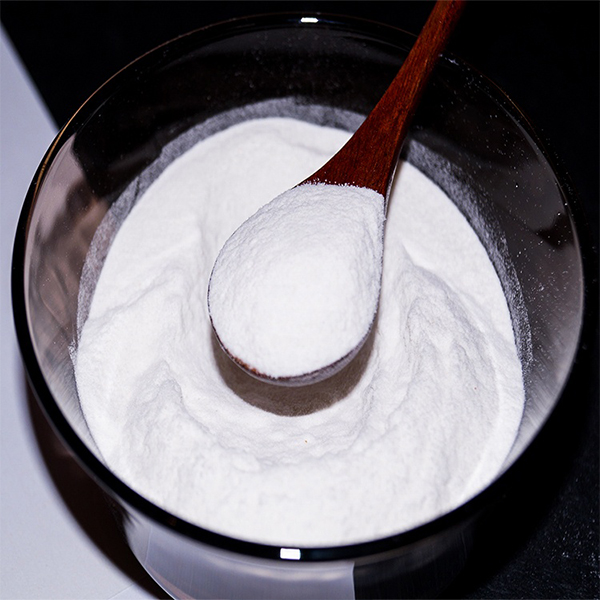Why contractors keep reaching for Factory Sale Construction Grade MHEC Technical Grade for Paint Cellulose Ether MHEC
I’ve toured enough paint plants and mortar lines to know what wins the day: predictable rheology, clean mixing, and coatings that don’t sag on a humid Thursday. That’s exactly where YoungCel’s construction-grade MHEC—made in ShiJiaZhuang, HeBei, at No.1 Shifu East Road, Gaocheng District—has been sneaking into specs. In fact, many customers say it feels like a safe switch from HPMC when they want longer open time without sticky roller drag.

Market snapshot: what’s driving MHEC in coatings
- Low-VOC paints push for efficient thickeners with less solvent swell.
- Contractors want roller spatter control and better leveling on rough substrates.
- Price stability: cellulose ethers remain a go-to vs. newer, pricier modifiers.
Key specifications (model YFPA-150)
| Chemistry | Methyl Hydroxyethyl Cellulose (MHEC), CAS 9032-42-2 |
| Appearance / Color | White to cream, free-flowing powder |
| Viscosity (2% aq, 20°C, Brookfield) | ≈ 45,000–65,000 mPa·s (real-world use may vary) |
| pH (1% solution) | 6.0–8.5 |
| Moisture | ≤ 5% |
| Ash content | ≤ 3% |
| Gel temperature | ≈ 60–75°C |
| Recommended dosage | 0.2–0.6% on total paint/mortar mass |

How it’s made (short version, but the real stuff)
Base cellulose is purified, then etherified with methyl chloride and ethylene oxide under controlled alkalinity. After neutralization, washing, drying, and milling, lots are sieved for particle consistency. Honestly, the boring part is the most important: QC.
- In-process rheology checks: ASTM D2196/D2363, ISO 3219
- Moisture by oven method; ash via muffle furnace
- Performance tests: KU stability in latex paint (ASTM D562), sag resistance, leveling panels
- Service life: typically 24 months in unopened 25 kg bags, cool and dry storage

Where it shines
- Architectural paints: anti-sag, anti-spatter, improved brush feel
- Putty and skim coats: slower water loss, smoother trowel glide
- Tile adhesives and cement mortars: water retention and open time
- Texture and primers: more forgiving workability
A mid-size coatings maker told me their roller spatter fell by roughly 20% after switching to Factory Sale Construction Grade MHEC Technical Grade for Paint Cellulose Ether MHEC. Not a lab miracle—just fewer callbacks.
Case study (real plant, anonymized)
Latex interior matte, PVC ≈ 62%. Swapped legacy HPMC for Factory Sale Construction Grade MHEC Technical Grade for Paint Cellulose Ether MHEC at 0.35% dosage.
- Krebs viscosity (ASTM D562): 92 KU day 1; 93 KU at day 14 (ambient 23°C)
- Sag on Leneta: improved by one notch; edge coverage more uniform
- Roller feel: operators reported less drag, better cut-in control

Vendor comparison (quick view)
| Vendor | Purity/Consistency | Lead Time | Certifications |
|---|---|---|---|
| YoungCel (China) | High; tight moisture window | Around 2–3 weeks | ISO 9001; REACH-ready SDS |
| Generic import | Variable batch-to-batch | 3–6 weeks | Mixed/partial |
| Local blender | Good, depends on feedstock | 1–2 weeks | Varies |
Customization and compliance
- Tailored viscosity grades and particle size cuts
- Defoamer-compatible tweaks for high-shear dispersions
- Documentation: COA, SDS, lot-level rheology; supports ISO 9001 systems
- Regulatory: REACH and RoHS statements on request; not for food/pharma

If you need a cellulose ether that behaves on the mill and behaves on the wall, Factory Sale Construction Grade MHEC Technical Grade for Paint Cellulose Ether MHEC is, I guess, the practical pick.
Authoritative references
- ASTM D2196: Standard Test Methods for Rheological Properties of Non-Newtonian Materials by Rotational Viscometer.
- ASTM D562: Standard Test Method for Consistency of Paints Measuring Krebs Unit (KU) Viscosity.
- ASTM D2363: Determination of Viscosity of Cellulose Ethers by Brookfield Viscometer.
- ISO 3219: Polymer solutions—Determination of viscosity using rotational viscometry.
- Regulation (EC) No 1907/2006 (REACH) – Safety Data and registration framework.
-
Understanding Methyl 2 Hydroxyethyl Cellulose: Uses, Benefits & Industry InsightsNewsNov.24,2025
-
Hydroxyethyl Methyl Cellulose HEMC: Industrial Uses, Benefits & Future TrendsNewsNov.23,2025
-
HEMC Cellulose: Versatile & Sustainable Industrial Polymer | YoungcelNewsNov.23,2025
-
Methyl Hydroxyethyl Cellulose: Versatile Building Block for Industry & SustainabilityNewsNov.23,2025
-
CAS 9032 42 2: Understanding Polyvinyl Alcohol's Impact on Industry & SustainabilityNewsNov.22,2025
-
Hydroxyethyl Methyl Cellulose: Versatile Solutions for Modern Industry and SustainabilityNewsNov.22,2025




